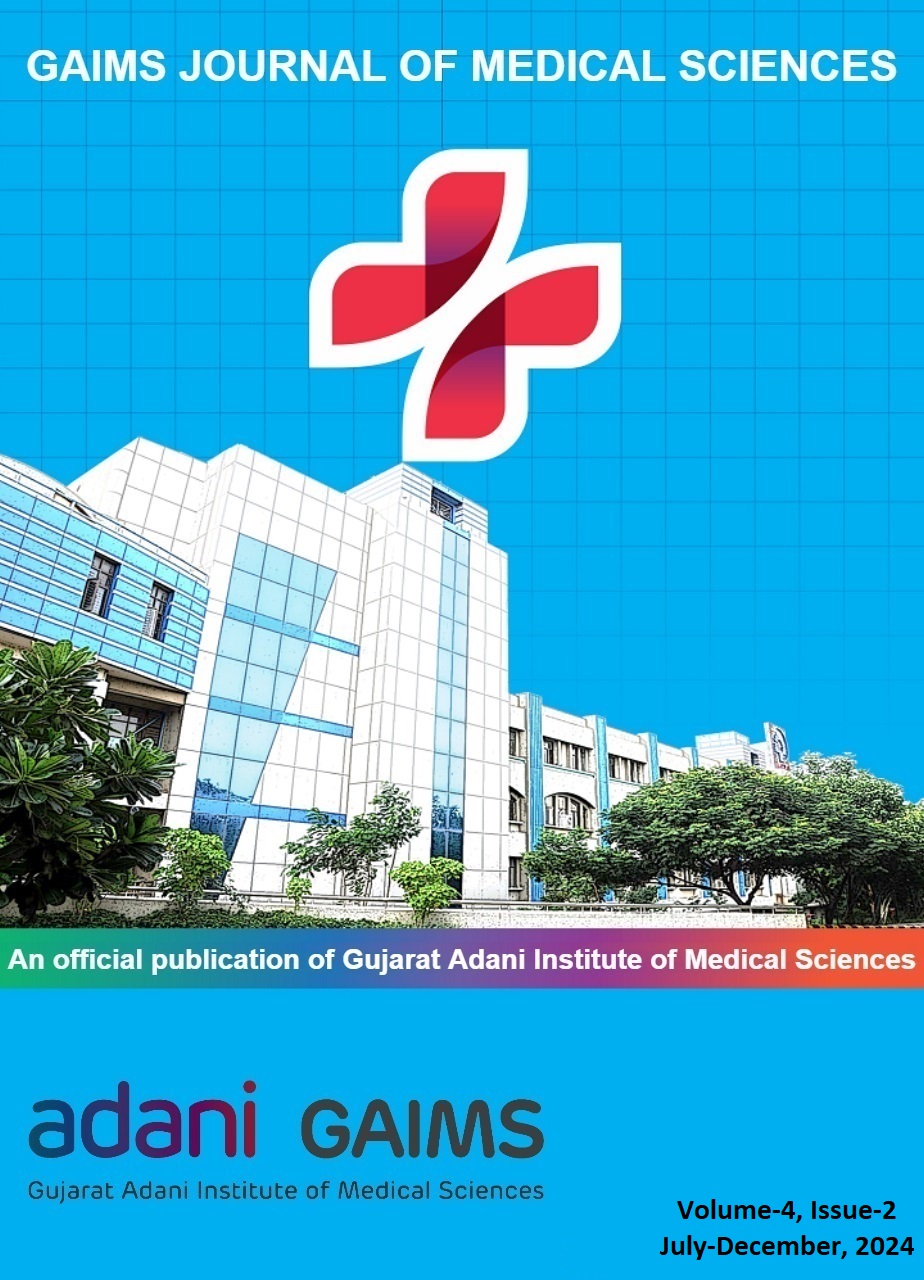Correlation between Glycosylated Hemoglobin (HbA1c) and Serum Lipid Profile in Patients with Type 2 Diabetes: A Cross Sectional Study
Keywords:
Type 2 Diabetes Mellitus, Glycosylated Hemoglobin (HbA1C), Serum Lipid Profile, CorrelationAbstract
Background: Diabetes Mellitus (DM) is a long-term metabolic condition. Even within the normal range of HbA1c, non-diabetic cases have shown a positive connection between HbA1c and CVD. This study aimed to evaluate the relationship between glycemic control (HbA1c) and serum lipid profile.
Materials and Methods: Between April 2020 and August 2020, a cross-sectional study was carried out on 100 T2DM patients who visited OPD (Diabetes clinic) at the rural health training center of RCSM, GMC in Kolhapur, Maharashtra, India. Fasting blood sugar (FBS), total cholesterol (TC), high-density lipoprotein cholesterol (HDL-C), triglycerides (TGs), LDL and HbA1c were all measured by the American Diabetes Association's criteria to define DM. The assays were performed according to the manufacturers’ instructions.
Results: The mean age of the cases was 56.67 ± 5.67 years with male preponderance. The mean duration of diabetes in the present study was 6.72 ± 4.56. We found a significant positive correlation between total cholesterol levels and HbA1c in the present study. (r=0.555; p value<0.001) Other parameters were having positive correlation with Hba1c but not a significant one. (p>0.05).
Conclusion: In the current investigation, there was a significant association between Hb1Ac and total cholesterol levels. HbA1c can predict dyslipidemia in addition to a valid glycemic index, and early identification of dyslipidemia can be used to stop the progression of CVD in people with T2DM.
Downloads
Published
Issue
Section
License
Copyright (c) 2024 Mohan M Raut, Anurag Gupta, Rajashri L Salamwade

This work is licensed under a Creative Commons Attribution-NonCommercial-ShareAlike 4.0 International License.








